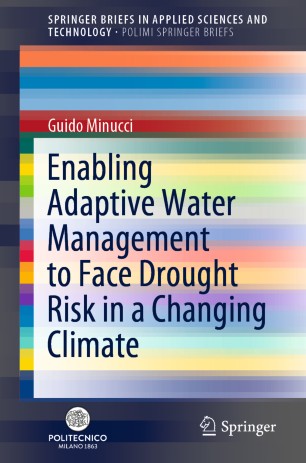

Most ebook files are in PDF format, so you can easily read them using various software such as Foxit Reader or directly on the Google Chrome browser.
Some ebook files are released by publishers in other formats such as .awz, .mobi, .epub, .fb2, etc. You may need to install specific software to read these formats on mobile/PC, such as Calibre.
Please read the tutorial at this link: https://ebookbell.com/faq
We offer FREE conversion to the popular formats you request; however, this may take some time. Therefore, right after payment, please email us, and we will try to provide the service as quickly as possible.
For some exceptional file formats or broken links (if any), please refrain from opening any disputes. Instead, email us first, and we will try to assist within a maximum of 6 hours.
EbookBell Team

0.0
0 reviewsThis book explores the current challenges with regard to uncertainty and risk in water management, as well as the interlinkages between drought and water management. It focuses on the challenges for water management organisations, which are expected to adapt to such changes and implement adaptive water management.
The book proposes a methodology for assessing organisations’ adaptive capacity, named REACT, and demonstrates its application in a case study. It subsequently analyses the barriers hindering water management organisations’ ability to adapt, and investigates the socio-cultural and economic barriers in water governance to applying adaptive water management (AWM) strategies. Lastly, the book describes how to enable AWM in order to face current and future drought risks by integrating it with drought risk management. Given its scope, it will appeal to scientists, pracademics and professionals from academia, the water industry and involved in policymaking.